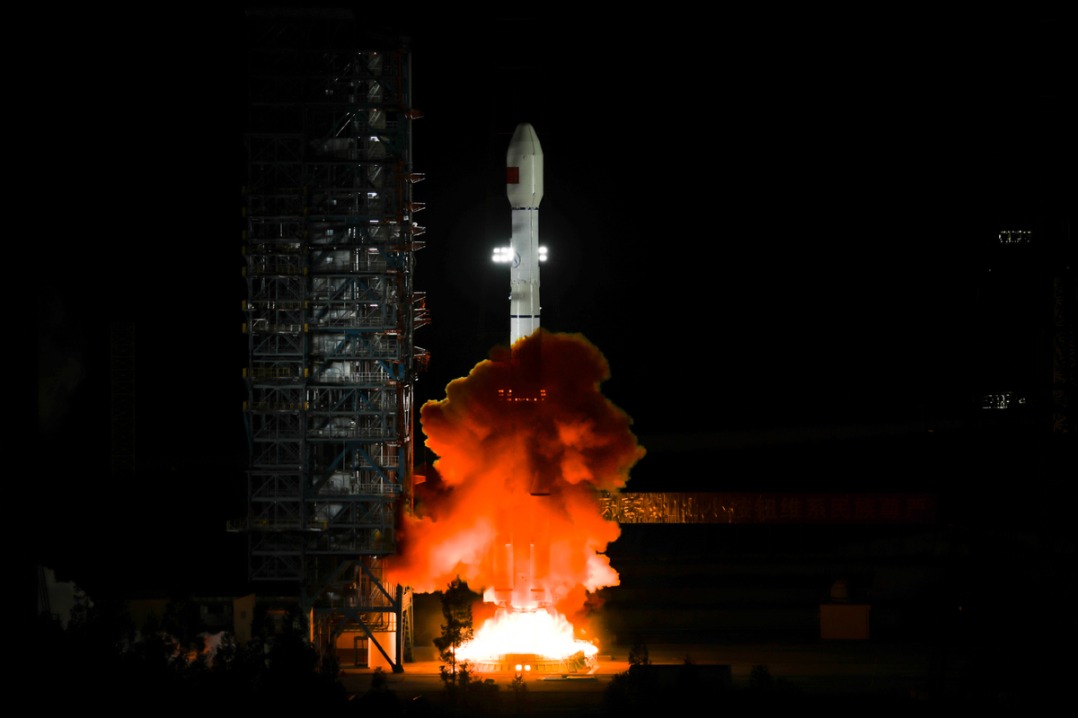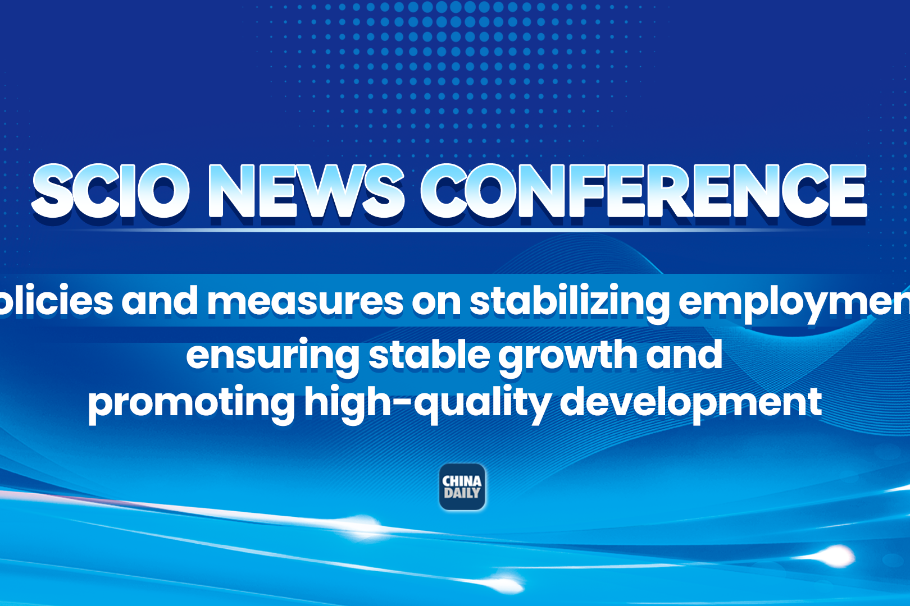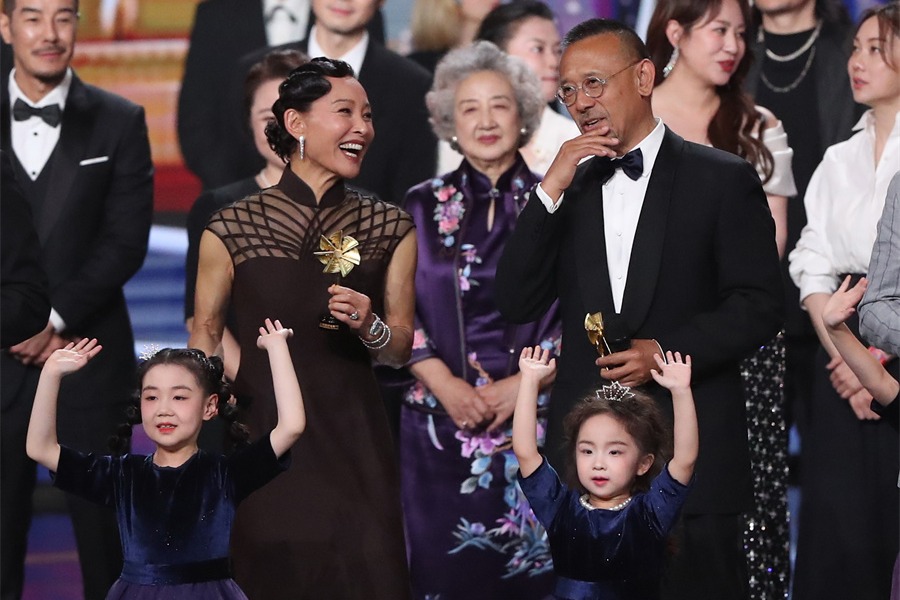AI impact to change future workforce
Nature of employment across various fields likely to be disrupted due to influence of technology


Despite projections, the integration of AI tools into the workplace has not yet triggered widespread job displacement. Many professionals like Gong and Sun in these at-risk fields remain optimistic about the potential for human-AI collaboration.
They embrace AI as a tool to enhance productivity.
"AI can inspire me, but it won't replace humans," Sun concluded.
The growing sophistication of AI models also poses a threat to occupations once considered secure, such as graphic designers and legal secretaries, the WEF report suggests.
In 2023, a pivotal moment occurred when ChatGPT-4 passed the Uniform Bar Exam, the standard qualification for lawyers in the United States. This achievement raised concerns within the legal community.
Chen, an assistant lawyer at a Beijing-based law firm who asked to be identified only by his surname, uses AI models to search for legal clauses and cases.
"AI can identify related keywords and compile comprehensive search results," he said.
Specialized large language models for the legal profession provide useful references, but Chen remains cautious.
"AI-generated outputs sometimes contain fabricated information, making manual fact-checking essential," he said.
Given these limitations, Chen believes junior lawyers are unlikely to be replaced soon.
"'AI hallucination' — when models produce false information — poses a significant risk. Fabricated cases or clauses could lead to serious consequences, which is why human oversight is indispensable," he said.
In his work, Chen also uses AI for repetitive tasks such as drafting and translating contracts.
"We prioritize privacy and data security when using AI," he added.
Both domestic and international companies are encouraging employees to integrate AI into their workflows. Many firms have already incorporated generative AI models into their office systems and offer AI training programs.
Generative AI's potential is not limited to text-based work. Upgraded models can even perform design tasks. For instance, tools like Mid-journey can generate illustrations from text descriptions.
Li Sanlu, who majors in environmental art design at the Academy of Arts & Design at Tsinghua University, said, "Rather than using AI to create final designs, I treat it as a source of inspiration."
Recently, social media platforms have been flooded with AI-generated images. With simple prompts, large language models can produce detailed textual descriptions, which image-generation models then transform into visuals.
"Many people are experimenting with ways to control AI output for consistent image generation," Li said. "However, due to the randomness inherent in AI models, achieving stable results remains challenging."
According to Li, AI models broaden designers' perspectives by uncovering overlooked details.
"Design always starts with reality — we conduct field surveys and analyze real-world conditions," he explained. "When I develop an idea, I consult DeepSeek or ChatGPT to explore how it can be translated into a design concept."
These AI models provide Li with a range of plans and detailed feedback. "Although they cannot replace original design work, their suggestions offer new perspectives. The images they generate also contain subtle details that inspire me," he said.
For Li, AI models function as collaborative assistants who continually challenge his thinking and help him stay focused on the core problems of design.
The WEF report concluded that AI will enable humans to perform more valuable and complex tasks.
Zhao Xin, a professor from the Gaoling School of Artificial Intelligence at Renmin University of China, remarked at a DeepSeek forum in February: "In the future, using AI might become as basic as using office software in our daily work today. Considering AI's limitations, it may replace certain jobs — but not humans themselves."























